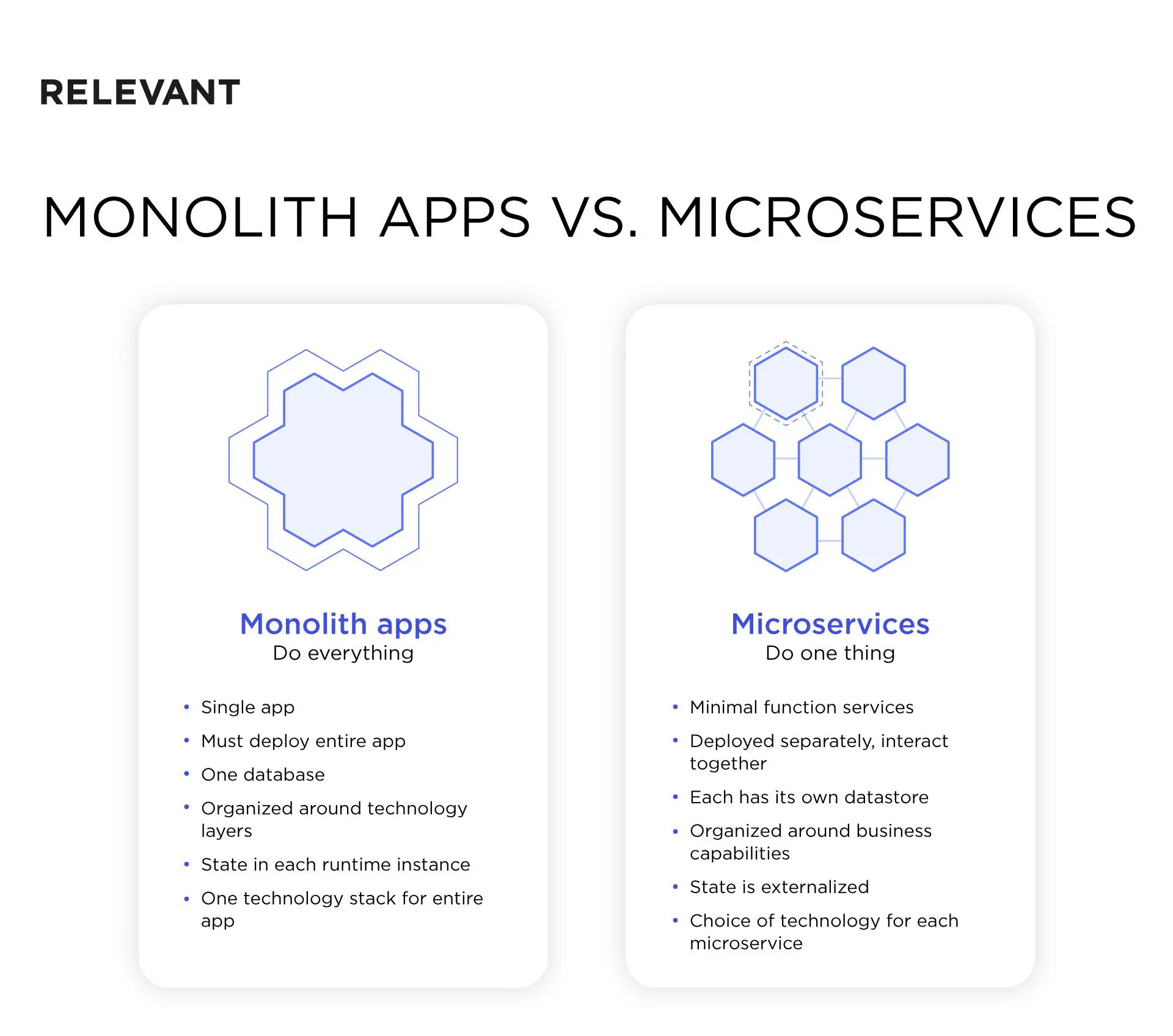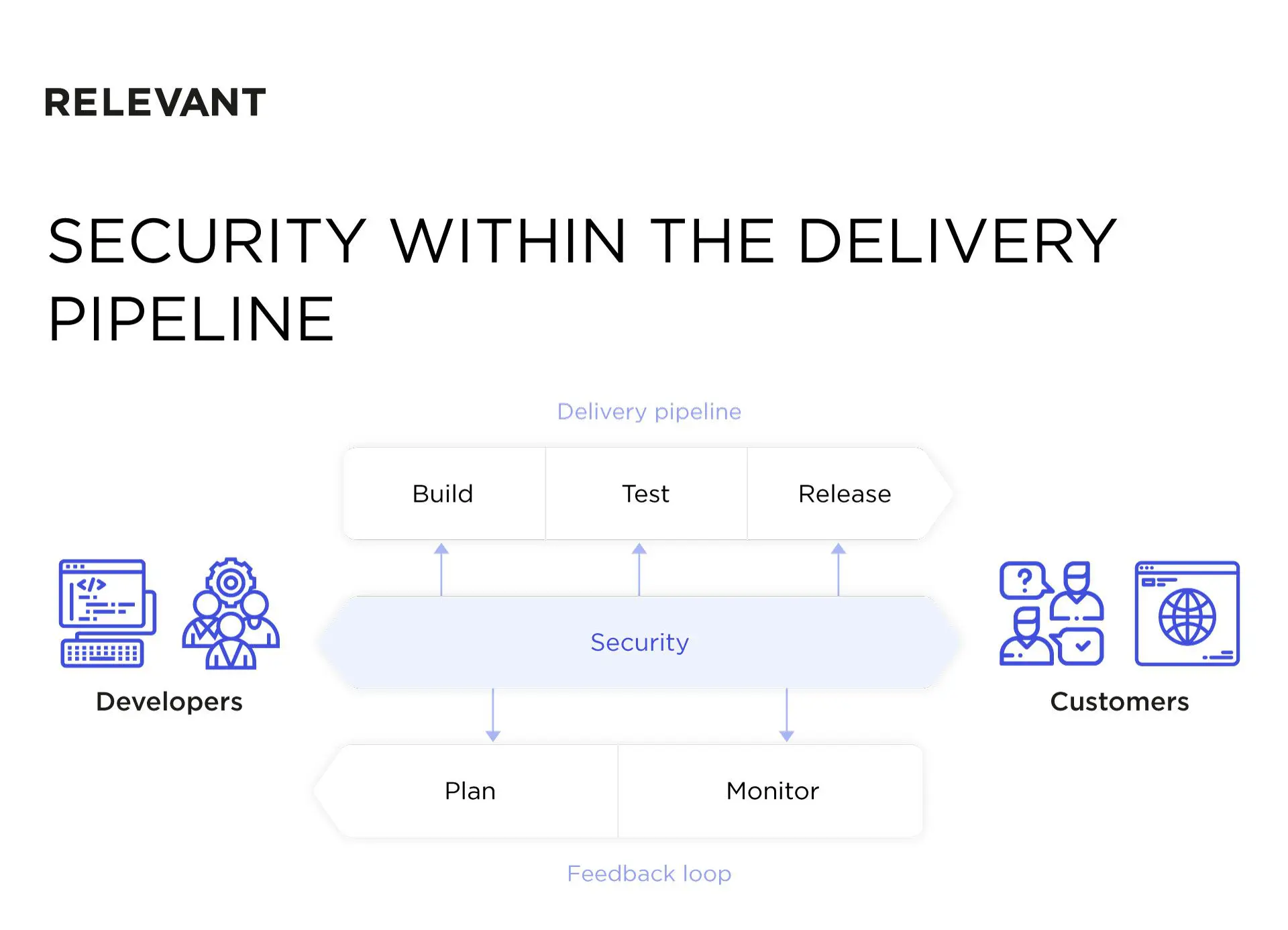Your Guide to Modern Cloud-Based Application Development

The digital shift in economics has touched every facet of doing business. From how companies organize their operations and to the products and services they deliver – technology rules the roost.
While most companies are now perceived as technology companies, the way they innovate may lead them to tech-enabled domination or result in utter failure.
To focus on the domination route, we’ll highlight the crucial elements of modern cloud-based application development to help you make the best innovation decisions.
What is the right approach to cloud-based application development?
For some time, cloud-native application development has helped businesses reduce time-to-market, enhance performance, and develop agility and flexibility. They achieved these results by migrating their systems to the cloud. But to reap the real benefits hidden in the cloud, migration is not enough. A multitude of devices, the data avalanche they produce, and various user interfaces are constantly changing application development requirements.
To tackle modern challenges and outpace the competition, tech companies need a more sophisticated approach to cloud-based app development. It entails a revision of how we design, build and manage software in the cloud. But first of all, modern application development is about the symbiosis of business goals and technological capacities. Companies must learn how to apply innovations to satisfy digitally-shaped customer demand.
A variety of fresh concepts were born thanks to the businesses’ desire to catch the digital transformation wave. Just think of digital marketplaces and digital products or services. Online platforms now easily connect buyers with sellers, sometimes even better when brick-and-mortar business does. eBay or Booking.com are some of the successful examples. As to the new forms of product and services, Netflix or Uber success showcase how profitable innovations can be.
In the next chapters, we’ll look at the following principles of cloud-native application development and understand how to adapt them to the turbulent business environment:
- Taking on responsibility
- Microservice architecture
- Serverless operational model
- Containers and event-driven computing model
- Purpose-built databases
- Continuous integration and continuous delivery (CI/CD)
- Ubiquitous security
Managers ready to step back, teams ready to take responsibility
Why do we start discussing software development approaches with team dynamics? Because the ability to innovate depends on the team members and their attitude to the development process. Behind any great cloud-based app are bright engineers and architects, skilled project managers, scrupulous QAs, and other specialists ready to take on the responsibility of running and maintaining the entire project.
Most importantly, company management must be ready to let teams be accountable for the development of the whole product, not just a piece of it. A team that is fully invested in the project’s outcome will be more likely to produce exceptional results.
Empower teams to undertake responsibility:
- Hire specialists with a product-owner mindset. Look for profound engineering with architectural skills, but make sure they have the desire and vision.
- Change the mindset of your organization. Inject innovation in all areas, from management to maintenance and support.
- Prioritize customer needs. Make sure your product owners innovate with the purpose.
Microservices succeed against monolithic architecture
It’s no secret that many enterprise applications use monolithic architecture. Managing these apps doesn’t seem like a challenge to begin with. But as soon as the applications grow to a large-scale database and accumulate a lot of additional code, agility becomes a problem.
An outdated monolithic application may also hinder the adoption of accountability and ownership culture that businesses should foster, as we explained above. With monolithic architecture, it’s difficult to distribute ownership of the application’s components within the team. Being slow and unresponsive, with perplexing dependencies, is not expected from modern application development.
What do microservices offer in exchange?
Divide and conquer – microservices neatly divide complex applications into components that a single team can own and work on independently.
The monolithic application, instead, requires all of its components to be interconnected. The biggest danger here is that the entire system will fail if a single small part fails.
When an app is built out of several autonomous parts, it makes a difference. All the services are isolated from each other so that faults in them do not affect the rest of the system. It means that issues can be fixed without affecting the entire application’s deployment.

Serverless operational model
One of the best methods for building a microservice architecture and helping the team focus on their core competency today is a serverless operational model. This is because a company doesn’t need hardware to host applications anymore. See our guide on serverless architecture.
Instead, organizations can use third-party services to link an application to the backend cloud storage – Backend as a Service (BaaS). Or, just run the code on a cloud computing platform – Function as a Service (FaaS).
In terms of cloud-native application development, the main advantages of serverless app architecture include:
- Reduced cost. Because companies don’t have to have a server infrastructure, they only pay for what they use. Cloud computing platforms usually charge for execution duration without taking the idle-time into account.
- Infinite scalability. A serverless application is no longer limited by a server’s capacity. If lots of users start working with the app, the cloud vendor will manage the scaling automatically. It saves development teams the bother of potential overload or inconsistent traffic.
- Rapid updates and fast delivery. Serverless app architecture means easy application deployment and helps teams stay agile and responsive.
- Better quality. With the third-party taking care of infrastructure management, your development team can focus on product-critical tasks. Business logic, user experience, and quality assurance, for instance.

Cloud computing with containers and event-driven model
Microservices replacing monolithic architecture affects every aspect of cloud-based app development. The way we compute also changes. Containers or serverless computing services are now the most common choice.
The event-driven model, in which functions are code units that execute in turns as a response to specified triggers, is now widely used to run code, manage containers, and handle other cloud computing tasks.
Containers and an event-driven computing environment allow for scalability and flexibility, which are key benefits of cloud computing. With the help of containers, enterprises can easily scale-up or scale-down, optimizing IT infrastructure without expensive changes to existing systems.
Serverless functions, in turn, help accelerate development by using an event-driven model. When code is automatically executed in response to events, the development teams can finally invest less time and resources in infrastructure management and concentrate on business logic.
Amazon Web Services, Google Cloud Platform, and Microsoft Azure are the most popular serverless tools and container services, provided by blue-chip tech companies.
Purpose-built databases and their value for data management
It would be perfect if a single database could fit the needs of multiple use cases. Unfortunately, this is rare. Traditional one-size-fits-all database systems can no longer handle the scalability, performance, and availability requirements modern application development brings today. They are no longer an option, especially for microservice-based environments, or container-native environments.
What is the way out then?
Try selecting different database services to solve various aspects of an application first. Then decide on which application use cases lend themselves well to specific data services. Finally, decide on the market proposition offering different data models. The most appropriate database solution will be capable of doing exactly what your microservice components need.
Power of automation with continuous integration and continuous delivery
In the chapters above, we talked a lot about the agility and flexibility of the development process among the greatest modern app development achievements. But even if your team has the right infrastructure to move quickly with application development, will it deliver new products and features to the customers just as fast? No, it won’t, if manual processes hinder their release pipelines.
Through cloud automation, cloud-based software development teams achieve great results with repeatable processes and without manual configuring. Automating deployment is mostly referred to as continuous integration/continuous delivery (CI/CD).
Continuous integration is a software development practice when engineers systematically merge code and all the changes made to it into a single central repository. After that, automated builds and tests are run. CI entails both an automation component, that is a build service, and a cultural component, meaning getting used to integrating frequently.
Continuous delivery is a software development practice when code changes are automatically prepared for a release to production. CD expands where continuous integration ends by deploying code changes to a testing environment and/or a production environment after the build stage.
CI/CD becomes critically important when dealing with serverless, containers, and multiple managed services. Placing customers’ needs at the center of the entire product development lifecycle, CI/CD becomes a golden software development rule. It helps development teams move from commit and build to testing to deployment in a codified and straightforward manner. See how to hire CI/CD engineer.
Security is paramount
In modern applications, security and cybersecurity should be an underlying consideration of every feature. It has to be built into every component of the application and automatically tested and deployed with each release.
Moreover, security must be integrated into every stage of the development lifecycle, where each team, including operations, engineering, and QA, should have a specific role. For this reason, in the DevOps paradigm, one of today’s best organizational, developmental, and cultural practices, security at every stage is a must.
There is even a specific philosophy of injecting security practices in the DevOps process, which is now called DevSecOps – development, security, and operations. Security as a Code concept that stands behind DevSecOps is a significant cultural shift within organizations. Predefined security policies, which are codified from the beginning and consistently repeated through the project, foster continuous and flexible collaboration between engineering and security teams.

Security being incorporated within code repositories, build-management programs, deployment tools, is applied to both the release pipeline itself and the software being released through the pipeline. Only by doing so, the code, business logic, and user data are adequately protected against modern threats, including DoS attacks, vulnerabilities in OS, app, and code dependencies. Some of the serverless security best practices include:
- Reduction of serverless permissions
- Enforced authentication
- Use of cloud provider’s controls
- Logging function activity
- Monitoring over function layers
Read how to hire a top cybersecurity expert.
Start building modern cloud-based application today
Cloud-based applications are all about tech advancement and exceptional user value. But to achieve such results, companies should entirely embrace a digital transformation.
By implementing these practical principles, you’ll evoke qualitative change on all levels, including operational model, architectural patterns, software delivery process, and data management.
Just make sure you’re moving with the necessary innovation speed and all the required cloud instruments on board. In most cases, technological assistance is only to benefit.
Relevant is the cloud-based software and application development company of experts from Ukraine in building scalable cloud solutions with DevOps and DevSecOps best practices. We’re ready to assist, so contact us!



